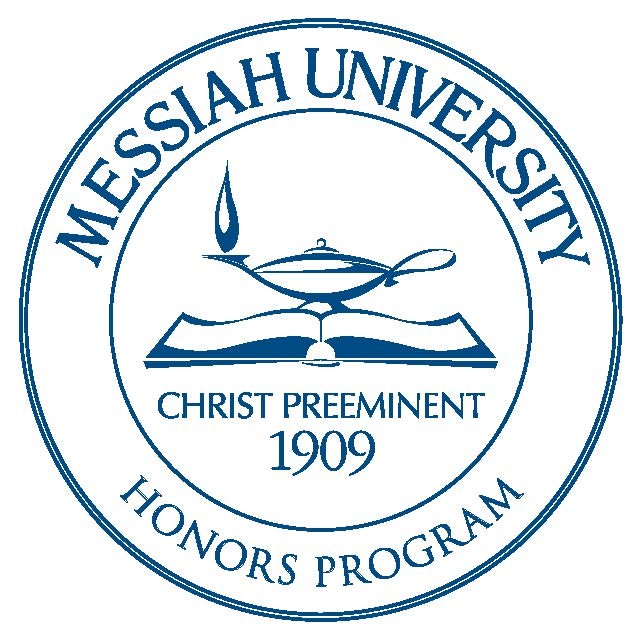Date of Award
5-16-2014
Document Type
Thesis
Degree Name
Bachelor of Science (BS)
Department
Biological Sciences
Abstract
Batrachochytrium dendrobatidis (Bd) is a virulent amphibian pathogen that invades the keratinized skin cells of juvenile and mature amphibians and the mouthparts of tadpoles, and causes the disease chytridiomycosis. By causing regions of outer layers of the skin to unevenly thicken, osmoregulation and respiration are disrupted. Considering the important role of skin in amphibian respiration, chytridiomycosis has high mortality rates. And because Bd is an exotic pathogen, introduction to new sites- and naïve populationsquickly leads to epizootic outbreaks and high losses in susceptible populations. However, despite amphibian declines and extinctions in the Cerro Punta region of western Panama, anuran species Isthmohyla picadoi has persisted. It is known that some amphibians harbor epidermal bacterial flora that serve to protect from chytridiomycosis, and hypothesized that I. picadoi does as well. In this study, presence and prevalence of Bd in a sample of I. picadoi individuals (n=9) will be determined using genomic extraction and PCR. I. picadoi individuals were captured and swabbed near Guadalupe Arriba, Chiriquí Province, in the Republic of Panama. Eight individuals were captured within Finca Dracula, owned by Andrés Maduro, and one was captured near a lodge owned by Los Quetzales Lodge and Spa. Captures were made on 26, 28 and 29 May 2012. Genomic extraction for I. picadoi DNA and Bd DNA was performed on swabs in Set 1 on 15 November 2013, and on swabs in Set 2 on 28 April 2014. Quantitative PCR for Bd DNA in Sets 1 and 2 was performed on 26 and 28 April 2014, respectively. None of the samples tested positive for Bd DNA.
Recommended Citation
Kim, Jessica and Lindquist, Erik, "Presence and Prevalence of Bd (Batrachochytrium dendrobatidis) in Picado’s Bromeliad Treefrog (Isthmohyla picadoi)" (2014). Honors Projects and Presentations: Undergraduate. 168.
https://mosaic.messiah.edu/honors/168


